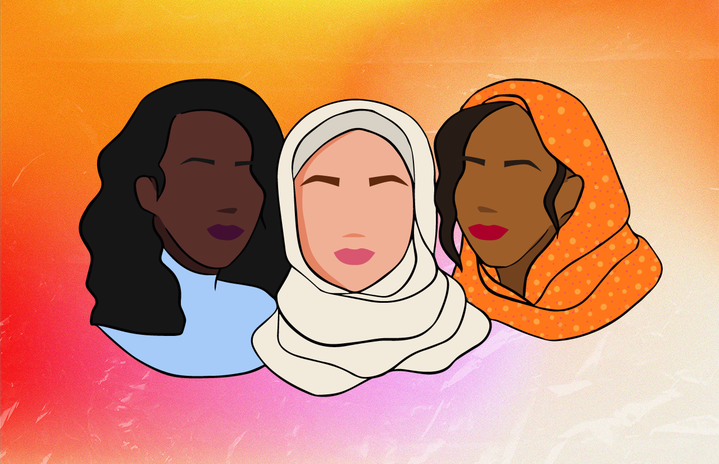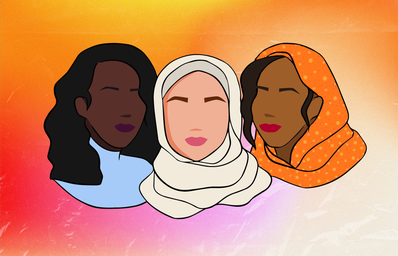The people of Iran are fighting back after the death of a young woman, Masha Amini, in the city’s capital, Tehran, on Friday, September 26. Protests have broken out in Iran following Amini’s death while in police custody, which has also sparked global outrage against the oppression of women, especially in Iran.
Who was Mahsa Amini?
Mahsa Amini, also known by Jina, was a 22-year-old woman from Saqqez, a city in the northwest Kurdistan province of Iran. Amini was visiting Tehran on the Tuesday prior to her death when Iran’s Morality Police detained her. Physical injuries left her in a coma for three days before her death on Friday the 16th.
Detainment
Amini was reportedly detained for violating a dress rule in Iran requiring women to wear hijabs or headscarves in public. Although this law has been challenged by women in Iran, it remains strictly enforced by the country’s Morality Police. Iran’s Morality Police is a unit of police specifically tasked with enforcing the Islam dress code. Amini was reportedly exiting public transportation with her family on Tuesday when she was detained by the Morality Police. The only explanation given by authorities for her arrest was a violation of the hijab law.
Suspicious Death
Amini’s sudden death was explained by authorities as a heart attack while in detainment. Their statement claimed that the young woman collapsed suddenly. Amini was taken to the hospital but remained in a coma for three days before her death on Friday. Authorities made no note of any beatings that could have led to her physical condition ultimately causing her death, but Amini’s family is fighting against this claim, stating that she was in perfect health prior to her detainment. Amini’s brother, Kiarash Amini, who was waiting for his sister outside of the detainment facility, reports that he heard screaming from a young woman inside before an ambulance arrived to take Amini to the hospital.
Iran Protests & The World’s Reaction
Amini’s death has led to anti-government demonstrations in Iran and across the globe. What started as an outrage on social media platforms has transcended into protests on the streets of Iran. Women in Iran have been demonstrating their anger and sadness about what has occurred by removing and burning their hijabs and headscarves during protests as a symbol of bodily autonomy. However, protests in Iran have also taken a violent toll, with injury and death rates rising. Iran’s President, Ebrahim Raisi, has stated that protestors need to be dealt with “decisively” as concerns rise for Iran’s protestors and citizens due to the increased violence. In other places across the world, world leaders have expressed their sadness over the death of this young woman and the need for change in the treatment of women in Iran. The United States government has issued sanctions against the Islamic Republic, specifically pointing out problems within Iran’s Morality Police. These problems come from a place of abusing authority and power. The U.S. Treasury Department also made a statement claiming that they hold the Morality Police responsible for Amini’s death, as well as for the violence and harm being carried out against peaceful protestors on the streets of Iran in response to her death.
oppression
The women of Iran face various forms of oppression, and the problem goes beyond hijab laws and dress codes, making this fight against oppression much larger than meets the eye. Iranian women are banned from receiving abortions with the threat of prison for the woman and physicians involved. Husbands in Iran are also legally allowed to commit murder against their wives if they find out they have been unfaithful in their marriage. Not to mention their political access and voice are limited to non-existent, suppressing awareness of oppression against women even further. Those women who do attempt to speak against these societal oppressions are often imprisoned, tortured, go missing, or even killed. The National Council of Resistance of Iran (NCRI) has produced statistics unveiling that in a one-year time frame, 3.6 million Iranian women were questioned by Iranian authorities for “improper dress code” and 18,000 of those women were taken to trial for these accusations. The NCRI works to bring basic human rights to all the people of Iran. They believe this can be done mostly by pushing for separation between church and state in the country due to the use of religious manipulation and abuse of power in Iran’s government.
Speaking About What is Happening in Iran
When speaking about the events happening in Iran right now, it is important to understand the history, culture and politics of the country. The hijab law has not always been enforced upon women in Iran. In fact, this was a result of the 1979 Islamic Revolution. The Islamic Revolution resulted in government control of its people using manipulation and secret police, against Iran’s wishes of free will against extrinsic foreign entities. It is also important to remember that hijabs are not a symbol of oppression, the patriarchal systems put in place are. The people of Iran are protesting the hijab law because they are used as a tool of oppression. The burning of hijabs is not being used as an act of disrespect for Islam culture or religion but as a symbol of destroying patriarchal power and the oppression that comes with it. Many women may choose to wear a hijab, just as some women are fighting for their right to choose not to. This is a fight over a matter of choice and bodily autonomy. The problem is not Islam culture or religion, the problem is the patriarchy, systematic oppression, corruption, and abuse of power. When it comes to the problems occurring in Iran, the job of an outside ally is not to bring our own opinions into the situation, but to support their fight. The problem goes far beyond a social media movement; Iranian women’s safety and lives are at risk and we must always remain mindful of this when speaking of and advocating for them.
Iranian American poet and author, Roya Hakakian, writes, “No one can predict how a revolution starts,” and there is no doubt that a flame of revolution has been lit in Iran following the death of 22-year-old Mahsa Amini.


